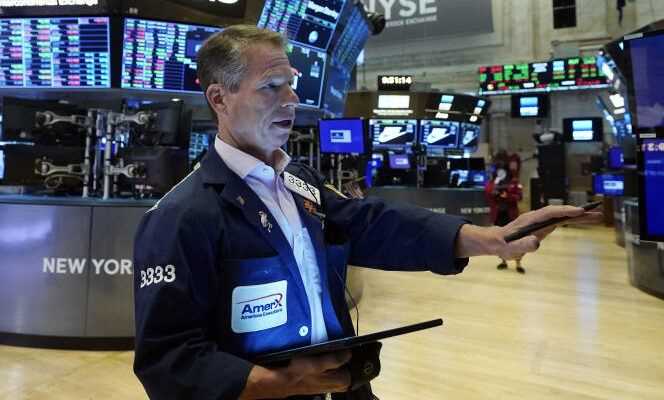Price increases remained high in July in the United States, rising 5.4% year-on-year, but stabilized at the same level as in June, while signs of cooling are appearing. This is in any case the scenario on which the authorities and the Federal Reserve (Fed) are betting, after the publication, Wednesday, August 11, of the inflation figure.
There is an important historical effect, the price increase being compared to that of the summer of 2020, at the height of the Covid-19 pandemic, when they had fallen. Compared with June, prices excluding energy and food only increased by 0.3%, against 0.8 points in the previous three months. There would therefore be a deceleration and the worst could be over, according to Wall Street, where the Dow Jones and S&P 500 indices have broken their historic records.
For months, the Fed and the White House have believed that this movement is one-off and that the United States will not be engaging in an inflation-wage spiral. The country is first and foremost the victim of a supply shock: rising raw material costs, lack of labor, shortage of semiconductors, disruption of supply chains and difficulties in getting the economy back on track. . Some price surges remain staggering, such as those of gasoline (+ 41% in one year) and used cars, but can be explained by the collapse in 2020 of crude (which had even reached negative prices) and the shortage of microprocessors, which slows the production of new vehicles.
The propagation of the Delta variant tempers the overheating. It releases the pressure on airlines, unable to meet demand, which had returned to a pre-Covid-19 level of activity. According to OpenTable, restaurant reservations fell back in early August, after having returned to their pre-crisis level in June. On the other hand, during the holiday period, the price of hotels continues to rise and has exceeded its 2019 level.
Attention is focused on salaries
In the long run, three effects could revive inflationary pressures, according to the Wall Street Journal : the partial de-globalization of the economy and the resulting rise in costs; the aging of the population, with a number of baby boomer consumers and few worker-producers; the attenuation of the deflationary effect of the digital economy (Amazon’s growth is slowing down and online sales prices have increased by 0.2% since March 2020, while those of Uber taxis, under pressure to profits, jumped by more than 25% between January and May 2021).
You have 56.3% of this article to read. The rest is for subscribers only.
